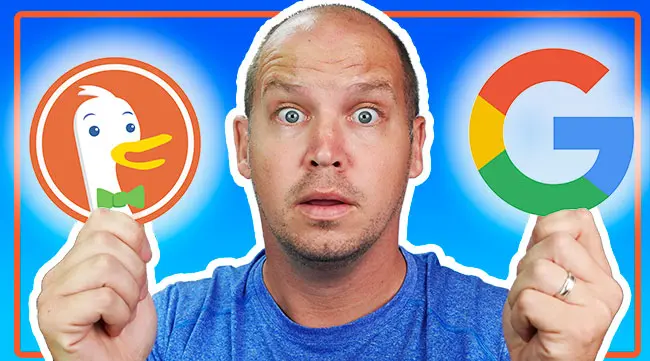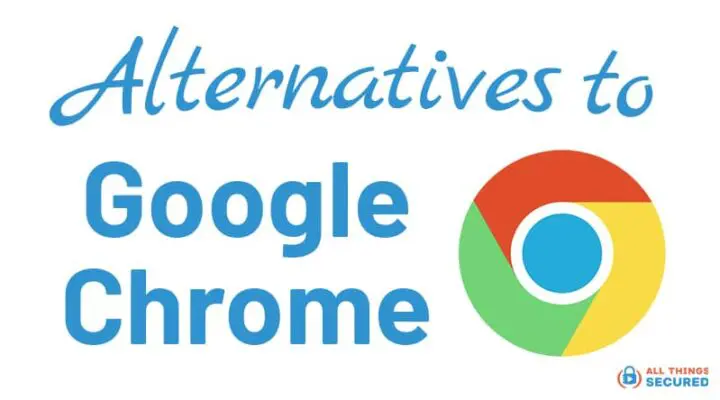Google tries hard to convince users that their search and internet data is secure; DuckDuckGo proudly points to their privacy policy that says they collect no data. Which is better? And what’s the difference when you compare DuckDuckGo vs Google in 2025? This is what we’re going to look at today. In the war of […]
Reviews of Internet Browsers (Security & Privacy)
The way you browse the internet has a greater impact on your privacy than you may realize! Your internet browser has a front row seat to see every website you visit and message you type.
It definitely matters which internet browser you choose!
Below you'll find real, unbiased reviews of internet browsers that cover not just their user experience design (i.e. how easy and fast they run), but also how they deal with important security and privacy issues.
--> What do they do with cookies?
--> How do they track your data?
In addition to other great security software reviews by All Things Secured, below we're going to be looking specifically at the internet browser you use every day.
Do you need to make a switch?
⇓⇓⇓⇓⇓⇓⇓⇓⇓⇓⇓⇓⇓⇓⇓⇓⇓⇓⇓⇓⇓⇓⇓⇓
6 Alternatives to Chrome for 2025 | Best Privacy Browsers
Google has built one of the most amazing internet browsers – that’s for sure. But when it comes to privacy, well…not so much. That’s probably why you’re here looking for the best alternatives to Chrome. Thankfully, there are plenty of private browsers to choose from, and I’ll share the pros and cons for each. Did […]

